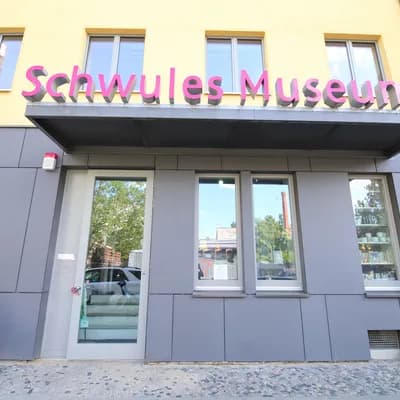
Gay Liberation Monument
The Gay Liberation Monument, a significant testament to the history of LGBT rights, is located in Christopher Park, New York. The radiant white, bronze-cast statues of two men and two women stand out prominently in this small but symbolically rich park landscape. This sculpture was created to honor the struggles and achievements of the Gay Liberation movement.
History
The monument was created by the renowned artist George Segal and unveiled on June 23, 1992. It is located in close proximity to the iconic Stonewall Inn, the site of the first significant protests for homosexual rights in the USA. In 1969, a police raid here sparked the Gay Rights movement.
With the generous support of the Mildred Andrews Fund, which has financed other impactful sculptures, Segal was commissioned to create a work that reflects love and affection within the LGBTQ+ community. The figures are arranged in natural, relaxed poses and symbolically represent the public freedom and sense of belonging that the movement promoted.
Sights and Surroundings
The small, charming park that surrounds the monument is the perfect place for a break, offering a shady retreat amidst the bustling activity of New York City. The lively area includes the pedestrian zone of Christopher Street, numerous rainbow flags, and the nearby Stonewall Inn—a must-visit for every tourist. Be on the lookout for the many small details that bring the history and culture of the place to life.
Practical Information
The official NYC Parks website provides not only information about the monuments in the park but also about upcoming events and activities. You can contact them at (212) 639-9675 for more information.
Cost
Viewing and experiencing the Gay Liberation Monument as well as the surrounding park is free of charge. This makes the visit particularly accessible and inviting for all who wish to appreciate the historical significance of this site.
Reviews
Visitors often describe the Gay Liberation Monument as a powerful memorial that honors the commitment to equality and rights. Many emphasize the tranquil atmosphere of the park, where one can take a small break in summer and enjoy the art. The close proximity to Stonewall Inn adds even more significance to the place. Reflections on the origins of the queer-feminist movement and calls to fight against discrimination are frequently highlighted by visitors.
Thus, the monument serves not only as a cultural point of departure but also as an unceasing call for solidarity and action.

Stonewall National Monument

Pride Tours NYC

The Stonewall Inn

Memorial to Gay and Lesbian Victims of National Socialism

Berlin's Queer Nightlife Tips - TravelM Style

Washington Capital Pride 2024 Total Radical

Sitges Pride Gay Village

Hamburg: Winter Pride 2024

The Best LGBTIQ* Christmas Markets 2024

Pink Christmas 2024 in Munich

Key West in 'Pride Month' Fever







